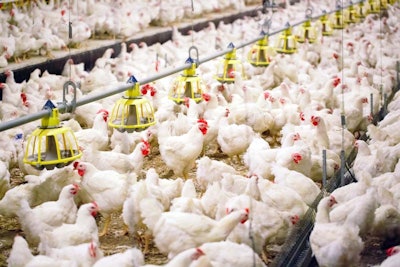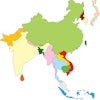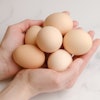
The Global Animal Partnership (GAP) released an initial list of 11 Better Chicken eligible broiler breeds following the results of the 2020 University of Guelph (Guelph) slow-growth study.
GAP used the results of the study to develop its Broiler Chicken Assessment Protocol and create an initial list of Better Chicken eligible breeds, which was announced by the welfare group on December 1. Breeds that made the cut include those developed by Cooks Venture, Hubbard and Cobb-Vantress, owned by Tyson Foods.
The initial list of approved breeds is not meant to be an exhaustive list, the welfare group said. Breeding companies are encouraged to contact GAP to test the eligibility of additional breeds to see if they meet the newly announced protocols.
GAP has long advocated for the use of slow-growing broilers. More than 215 companies in the U.S. and Canada have pledged to transition their supply to exclusively use breeds and production/processing techniques approved by the animal welfare group.
Welfare outcomes from slower-growing breeds
The Guelph study included more than 7,500 broiler chickens from 16 different genetic strains. Birds were outfitted with wearable devices similar to Fitbits, and were evaluated for their mobility and activity. The study also included use of an obstacle test that helped the team to compare leg strength among different poultry breeds. Birds were also monitored for their use of enrichments, and were examined for foot lesions and meat quality.
The faster-growing chickens were less active and mobile, had poorer foot health and had more breast muscle damage, the study found.
“Raising slower-growing broiler chickens means less efficiency for producers and potentially higher costs for consumers, but it would improve the welfare of millions of birds,” a Guelph release about the study stated.
“Our mission is continuous improvement of animal welfare, which means we are constantly re-evaluating how we can use our standards to facilitate and support change,” Anne Malleau, Executive Director of GAP, said in a statement.
“The study – a multidisciplinary science-based approach to understanding broiler welfare – both confirmed and informed our thinking and provided the data needed to create a process for our program to bring a ‘better broiler’ to the marketplace.”
The eligible broiler breeds will transition into the GAP programming following the release of GAP broiler chicken standards v4.0.



















